[Prolog]
After an arduous trip the team is showing signs of fatigue. Our feet are sore and blistered. Our brain circuitry struggles to free capacity for one last barrage of urban design analysis, architecture, and social observation. However, in our state of strain we eagerly push on. Our fearless leader knows that we have but a short time left in this foreign land and there is still much work to be done. We lace up our boots and march forth.
After an arduous trip the team is showing signs of fatigue. Our feet are sore and blistered. Our brain circuitry struggles to free capacity for one last barrage of urban design analysis, architecture, and social observation. However, in our state of strain we eagerly push on. Our fearless leader knows that we have but a short time left in this foreign land and there is still much work to be done. We lace up our boots and march forth.
Day 15—Friday June 8th 2012. Harajuku, Omote-Sando, Shibuya Station, Hillside Terrace
Today’s walking tour perfectly illustrated Tokyo’s complex diversity of residential neighborhoods and commercial developments and that are seemingly layered on top of one another. The group met Professor Jonathan Martin at Harajuku Station located at the southeast corner of Yoyogi Park just north of Shibuya Station (the hub of one of Tokyo’s most prominent business districts) and set out on our day’s journey. We first strolled through Takeshita Street—a low scale commercial corridor reminiscent of St. Marks Street in New York City’s East Village. As we passed by a shop blaring the Sex Pistols, the western influence of popular culture in Japan was obvious. Takeshita Street gives the feeling of a place in transition as the street is lined with both chic boutiques and generic merchandise shops.
Today’s walking tour perfectly illustrated Tokyo’s complex diversity of residential neighborhoods and commercial developments and that are seemingly layered on top of one another. The group met Professor Jonathan Martin at Harajuku Station located at the southeast corner of Yoyogi Park just north of Shibuya Station (the hub of one of Tokyo’s most prominent business districts) and set out on our day’s journey. We first strolled through Takeshita Street—a low scale commercial corridor reminiscent of St. Marks Street in New York City’s East Village. As we passed by a shop blaring the Sex Pistols, the western influence of popular culture in Japan was obvious. Takeshita Street gives the feeling of a place in transition as the street is lined with both chic boutiques and generic merchandise shops.
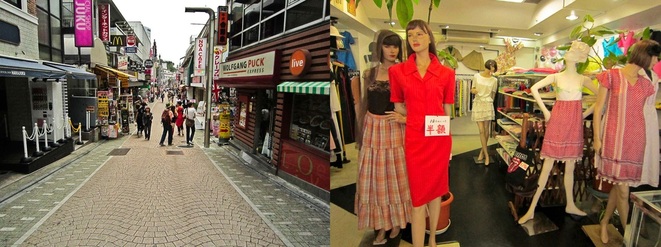
Takeshita Street heading east. Mannequin's in a small boutique.
We then crossed Meiji Dori Avenue and proceeded toward the Metropolitan Aoyama-Kitamachi Danchi Apartment complex through the upscale neighborhood of Jingumae. The Metro Aoyama Kitamachi Danchi Apartment buildings are inspiring. The buildings themselves are seemingly in a state of disrepair and are not particularly attractive with exterior piping and decaying facades. However, the design of the complex is well integrated into the urban fabric on a normal street grid, the empty spaces between buildings were covered with beautifully manicured flower and vegetable gardens, and the feeling of well used and truly public/communal space was evident. This space was starkly contrast against the very expensive, very private and architecturally well-designed homes that we passed just moments before.
We proceeded a few blocks to Omote-Sando Avenue where we visited the Prada Store Building--Epicenter— (2003) designed by Herzog and de Meuron and The Collezione complex (1989) designed by Tadao Ando. Both of these buildings are impressive and represent the increasing important role that architecture in Tokyo plays in the fashion/image industry. Wherein the building façade functions as advertising for the designer and company.
Next we headed southwest toward Shibuya Station via Cat Street. Cat Street was built on an old riverbed and is a beautiful shared street promenade that connects Omote-Sando Avenue to Shibuya Station two of Tokyo’s most popular youth destinations. Once at Shibuya Station we visited with the statue of Hachiko the dog, which is the second statues placed in Shibuya Station to commemorate Hachiko—the famously loyal dog that spent years awaiting it’s deceased owner in the station.
The final stretch of the tour lead us south to the Hillside Terrace development (1982), designed by Fumihiko Maki in the neighborhood of Saru-gakucho. Hillside Terrace differed from other large-scale developments we have visited in Tokyo in that it was developed over the span of 30 years and is a low-lying (no skyscraper) complex. Because of the human scale the area is very inviting and creates a sense of public space with many access points and engaging uses such art galleries and outside cafes. "This type of sequential project provides a kind of satisfaction that one can not get from designing a large building," Maki said in a 1999 New York Times article. "It's the kind of satisfaction one gets watching one's baby grow."[1] Our tour ended with a wrap-up meeting and a well-deserved beer at one of the Hillside Terrace cafes.
[1] Pollack, Naomi. January 9, 1999. Urban Design: An Experiment: Tokyo. New York Times: Style.
The final stretch of the tour lead us south to the Hillside Terrace development (1982), designed by Fumihiko Maki in the neighborhood of Saru-gakucho. Hillside Terrace differed from other large-scale developments we have visited in Tokyo in that it was developed over the span of 30 years and is a low-lying (no skyscraper) complex. Because of the human scale the area is very inviting and creates a sense of public space with many access points and engaging uses such art galleries and outside cafes. "This type of sequential project provides a kind of satisfaction that one can not get from designing a large building," Maki said in a 1999 New York Times article. "It's the kind of satisfaction one gets watching one's baby grow."[1] Our tour ended with a wrap-up meeting and a well-deserved beer at one of the Hillside Terrace cafes.
[1] Pollack, Naomi. January 9, 1999. Urban Design: An Experiment: Tokyo. New York Times: Style.

Various forms of public seating along our route.
New Friend Friday Bonus
After the group separated for the evening several of us set out in search of food near Shibuya Station. As we meandered the narrow streets of Shibuya we happened upon a quaint CD store called Zankyo Shop. Here we met a new friend Masaki Toraiwa. Masaki is a Japanese musician and educator who had spent roughly 30 years of his life in London and Los Angeles. He is an incredibly kind, passionate and outspoken person who (as we were pleased to find out) is very interested in the topic of public space. In Masaki’s view there are many neighborhood nooks and crannies that serve as public space in Japanese culture, even thought most people would not recognize it as such. Japanese people are a community based people because private spaces in Japan are very private and very small. Therefore much activity takes place in the public realm. However, Masaki did voice concern about the disappearance of places/and opportunities where public discourse can take place, i.e. he points to public baths, which are becoming less prominent, and closing CD or book stores where one could discuss cultural enlightening topics with local clerks (experts).
After the group separated for the evening several of us set out in search of food near Shibuya Station. As we meandered the narrow streets of Shibuya we happened upon a quaint CD store called Zankyo Shop. Here we met a new friend Masaki Toraiwa. Masaki is a Japanese musician and educator who had spent roughly 30 years of his life in London and Los Angeles. He is an incredibly kind, passionate and outspoken person who (as we were pleased to find out) is very interested in the topic of public space. In Masaki’s view there are many neighborhood nooks and crannies that serve as public space in Japanese culture, even thought most people would not recognize it as such. Japanese people are a community based people because private spaces in Japan are very private and very small. Therefore much activity takes place in the public realm. However, Masaki did voice concern about the disappearance of places/and opportunities where public discourse can take place, i.e. he points to public baths, which are becoming less prominent, and closing CD or book stores where one could discuss cultural enlightening topics with local clerks (experts).
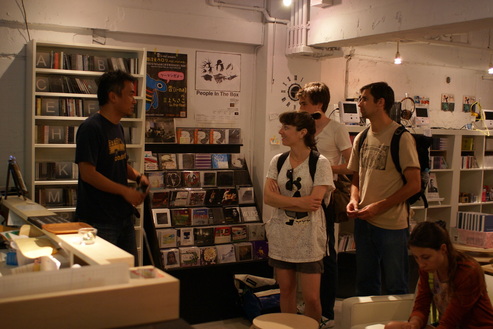
Masaki Toraiwa discusses public space with our group in Zankyo Shop. Photograph: Natalie Vichnevski
We then realized that Zankyo Shop is much more than a CD store. One half is retail and the other half is a community space where people are able to come teach classes, where they host local TED Talks, and have listening stations and art areas. Masaki explained that they are trying to create a place that will help preserve space for the public discourse, which he fears is quickly vanishing. For more, information on Zonkyo Shop click here.
Joseph Kyle Kozar
Signing off.
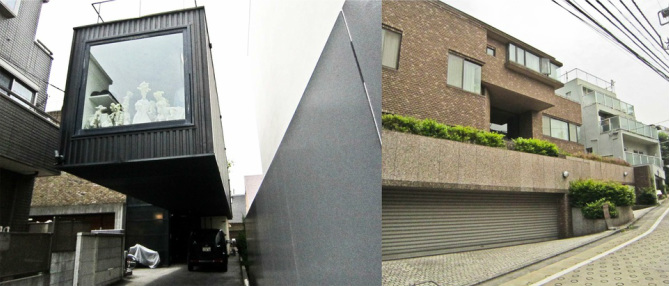
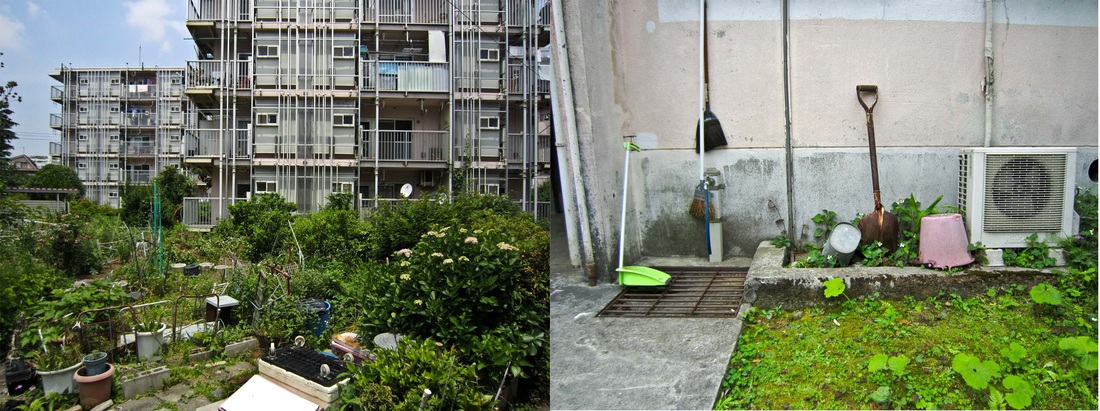
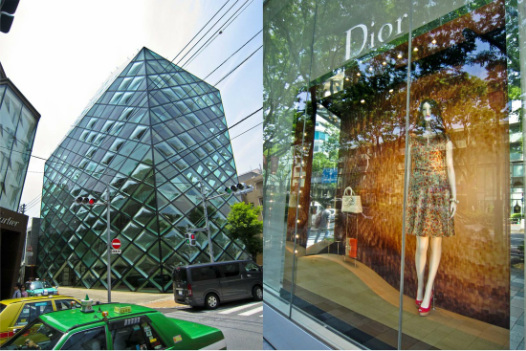
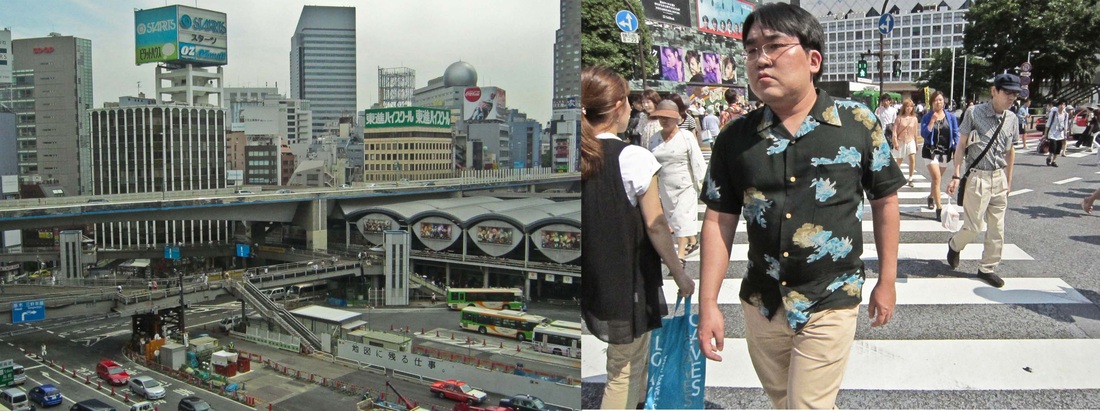
 RSS Feed
RSS Feed